What happens if you stop taking finasteride for hair loss?


Related products

What’s covered?
Stopping finasteride will resume hair loss.
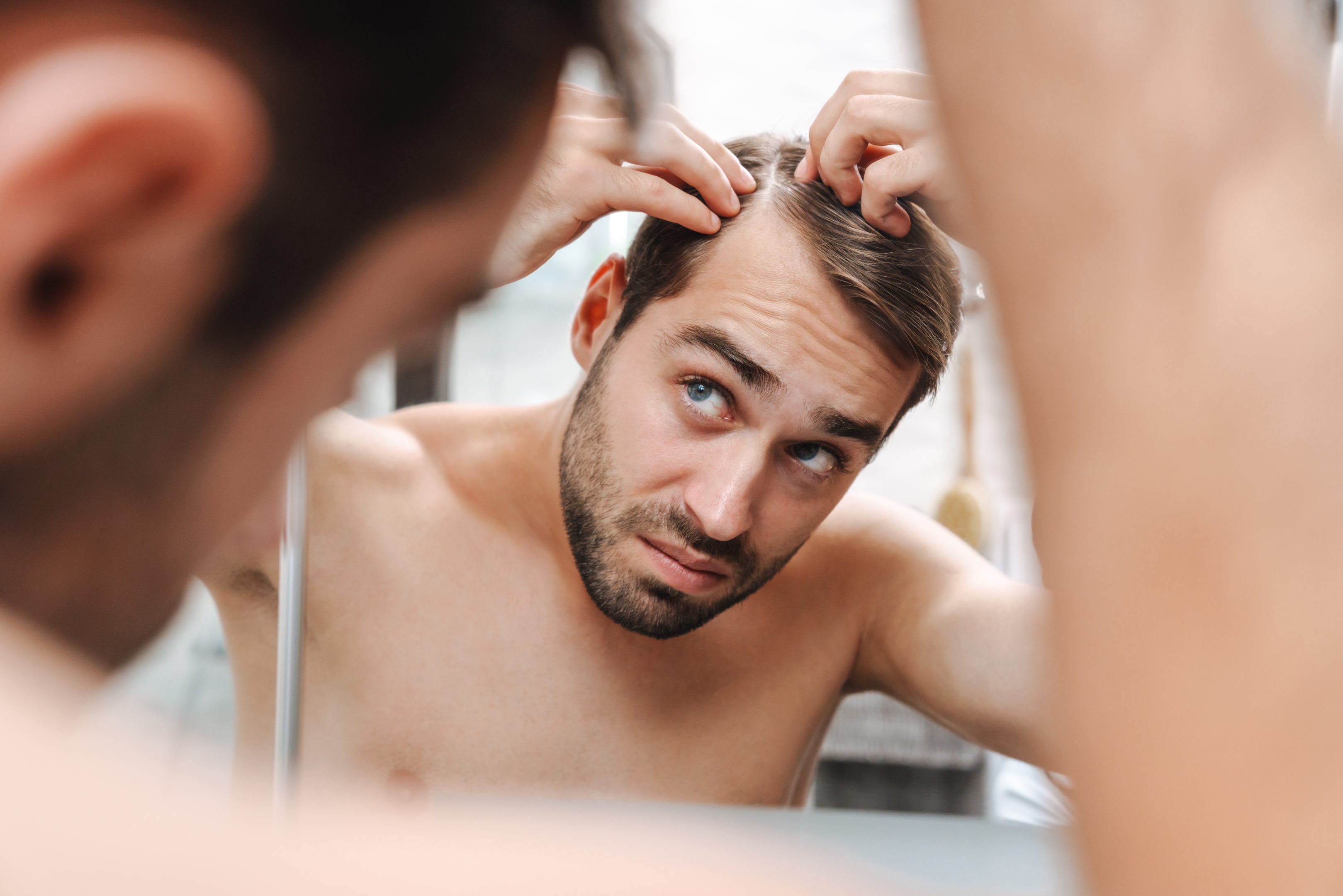
Male pattern baldness affects a very large fraction of our population as a report found that almost two third men in the UK face baldness at some time in their life. There are various causes, and so are different treatment options.
The drugs used to treat male pattern baldness
The doctor will likely prescribe the drugs if a person has male pattern hair loss. The drugs used for androgenic alopecia fall into two categories;
-
The drugs that improve circulation towards the scalp and shorten the telogen (resting) phase of the hair follicle cycle, e.g., minoxidil.
-
The DHT blockers that block the male hormone dihydro-testosterone (DHT), another culprit for baldness.
It is very common for physicians to prescribe both drugs simultaneously. But, these drugs usually have a smaller half-life and their effects disappear as soon as their use is stopped. Let's understand how things work for finasteride.
Finasteride, a drug for hair loss
Finasteride (Propecia ®, the common brand) is the common drug used to treat androgenic alopecia (heredity hair loss; male and female pattern baldness). It works by blocking dihydrotestosterone (DHT), the main cause of the miniaturisation of hair follicles. A person inherits the sensitivity to the DHT.
It can help in hair growth, but what will happen its use is stopped after some time? Will hair fall restart again? The answer lies in the working of finasteride.
How finasteride works?
The androgenic alopecia occurs due to the shrinking of hair follicles by miniaturisation. Recall the major male sex hormone, testosterone. Its metabolism produces another hormone called dihydro-testosterone (DHT). This DHT is responsible for the miniaturisation of hair follicles.
Inheritance and hair loss
Now, what role has hereditary in it? Due to some genetic factors, some people are more sensitive to the effects of DHT than others. So, you should be thankful to your father and mother for saving your time wasted on combing.
Finasteride blocks the DHT
Let's come to the point, 'how finasteride works?'. It blocks the production of DHT. How does it do so? It blocks an enzyme (5-alpha reductase; 5-AR) which converts testosterone into DHT. This effect is very helpful in limiting follicle miniaturisation and hair fall. The usefulness of finasteride for treating male pattern baldness is well documented.
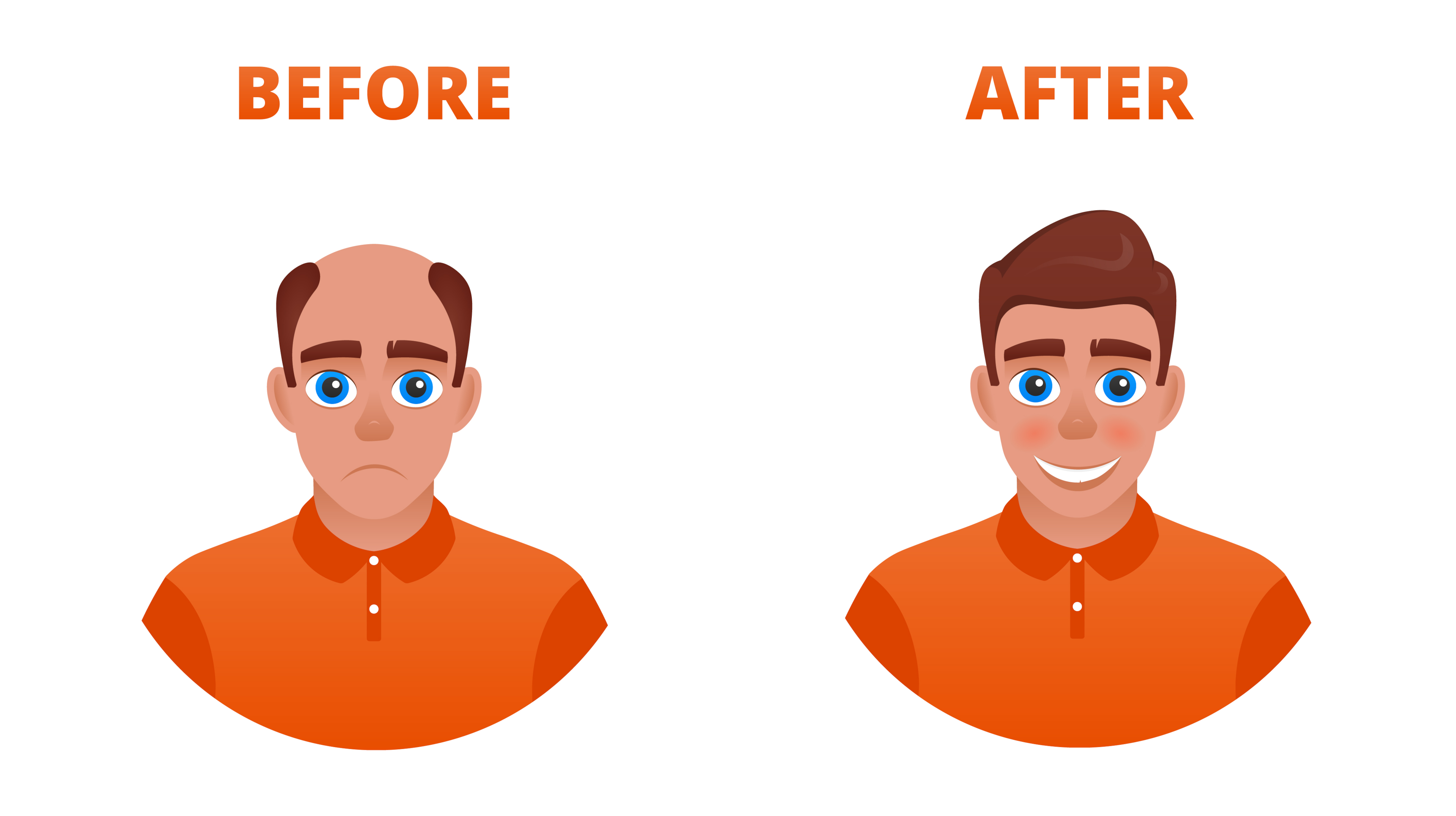
For example, a 2011 study published in the Journal of Dermatology found that 11.1% of people experienced a great improvement in hair growth after receiving the usual dose of 1mg. The study involved 3,177 people. The moderate and slight increase was experienced by 36.5% and 39.5% of participants, respectively.
What will happen if you stop it?
The answer is clear now. It has only a short half-life (just 6-8 hours). So, as soon as you leave using it, its inhibitory effects on 5-AR will go away, and the process of miniaturisation will restart again, leading to renewed hair loss. So, continue to use finasteride as soon as you need hairs on your scalp. If you feel you are perfect without hair, you can stop it.
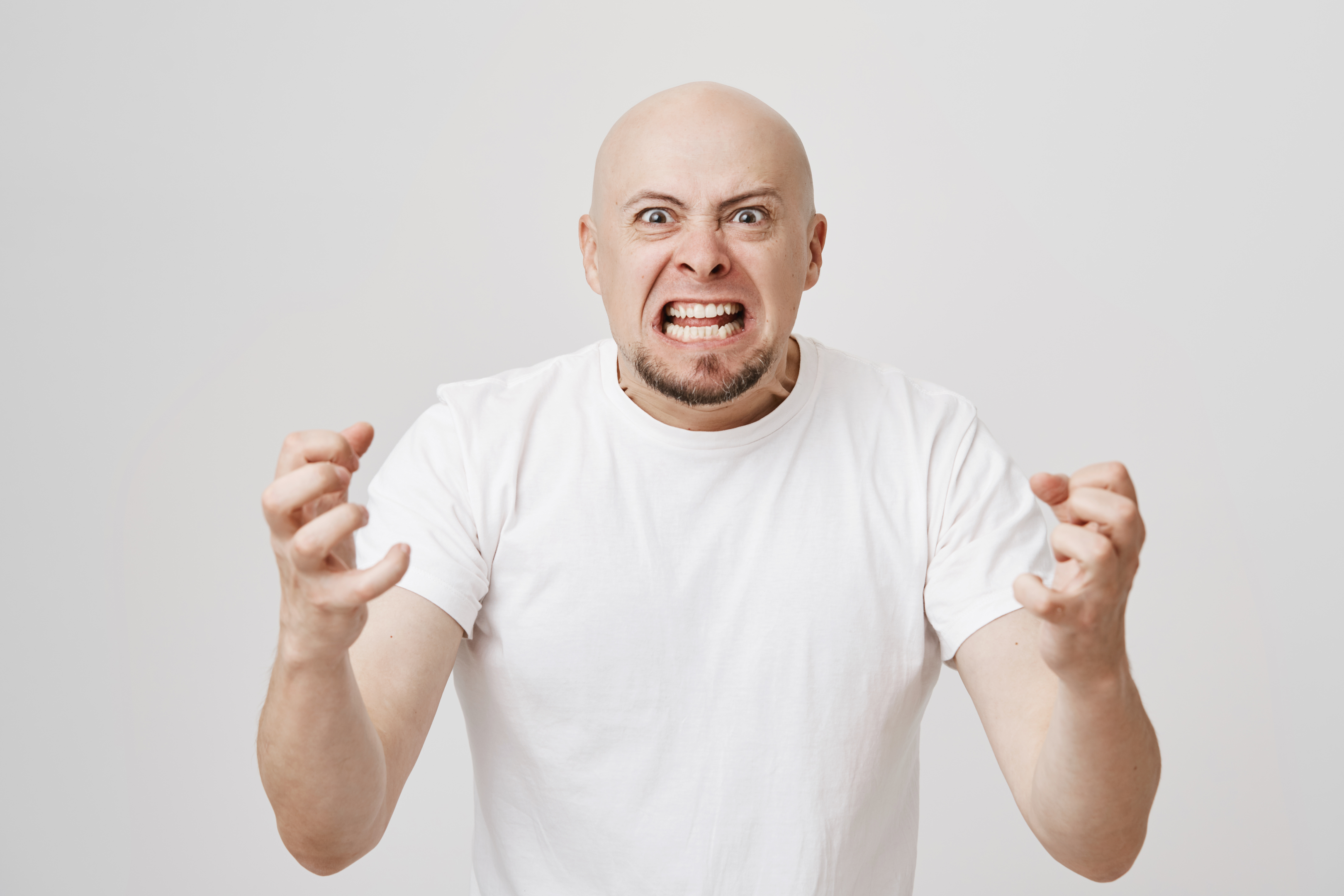
Some people fortify the finasteride with other drugs used as hair loss treatment, e.g., minoxidil, for better results.
You should also keep in mind that finasteride will not eradicate the hair fall completely. It will just slow it down. Regardless of treatment, a small amount of DHT will still circulate in your blood, and you can in no way change your genetic sensitivity to the DHT.
What side can effects be expected after stopping the use?
If you have decided to live with baldness, there is a piece of good news for you. No side effects (except the resurgence of hair loss) are reported after stopping usage. So, you will get rid of a burden on your pocket safely.
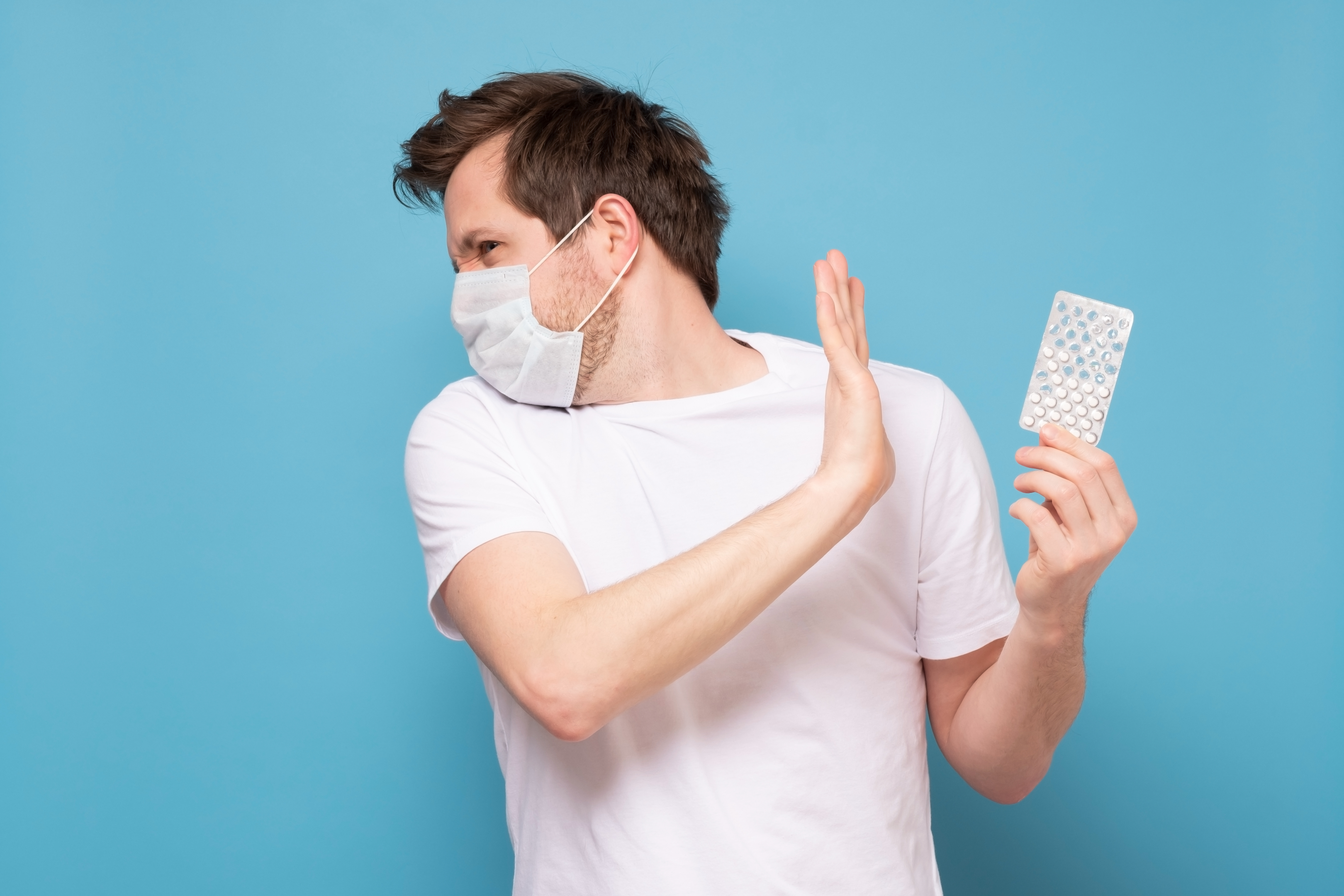
Additionally, if you were experiencing side effects during use (e.g., gynecomastia: development of large breasts in men, reduced libido, ejaculation and erection issues), these effects will disappear after a few days of stopping the drug due to a very small half-life of the drug. So, stopping the medication is safer as soon as you are OK with the baldness.
Is long-term use safe?
Aside from the ongoing costs of using this medication, there is no issue in using it in the long run. Very few people have reported the above mentioned side effects, and the side effects are mostly related to other concurrent problems.
We have detailed the side effects of finasteride in another informative article. Click here to read it.
When is stopping finasteride recommended?
Stopping the drug can be necessary if you experience severe side effects, e.g., testicular pain, depression, severe allergic reactions, sexual issues, e.g. erectile dysfunction, premature ejaculation etc. You can talk to your doctor, who may ask you to leave the drug.
However, in very few people, a post-finasteride syndrome develops in which the side effects don't go away even after stopping the treatment. It is a hospital emergency, and you need immediate medical assistance in this case.
What's the take-home message?
Finasteride has a very short half-life; you need to take a 1 mg pill regularly as soon as you need its effects. As soon as you stop using it, its effects will disappear, and you will start losing hair again. As it is a prescription drug, you should consult the doctor about its safe use.
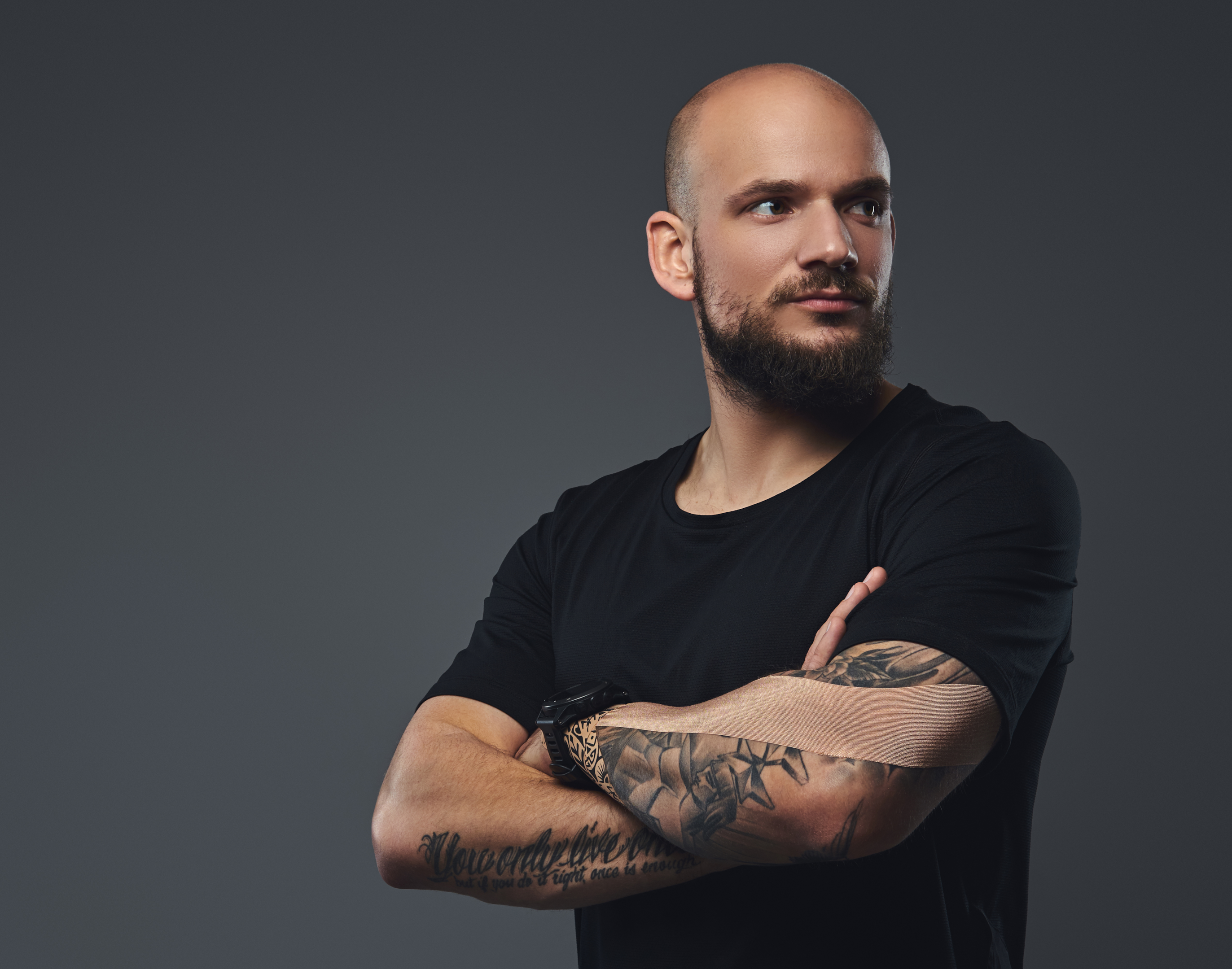
It is, however, a safer drug for long-term use with minimal side effects. If your pocket allows, you can continue to use it unless severe side effects are noted.
If you plan to use finasteride for your hereditary hair fall, we have a solution at Welzo. We deliver it after consulting our online consultants. Click here to consult our experts and place your order.
To learn more about finasteride, click here to visit our information page.



















 Rated Excellent by 26,523+ Reviews
Rated Excellent by 26,523+ Reviews